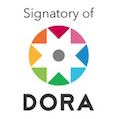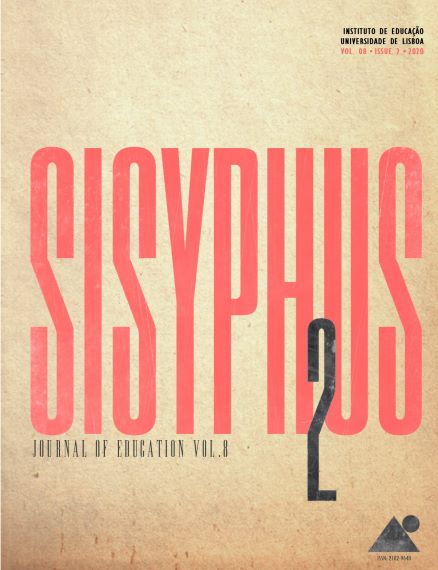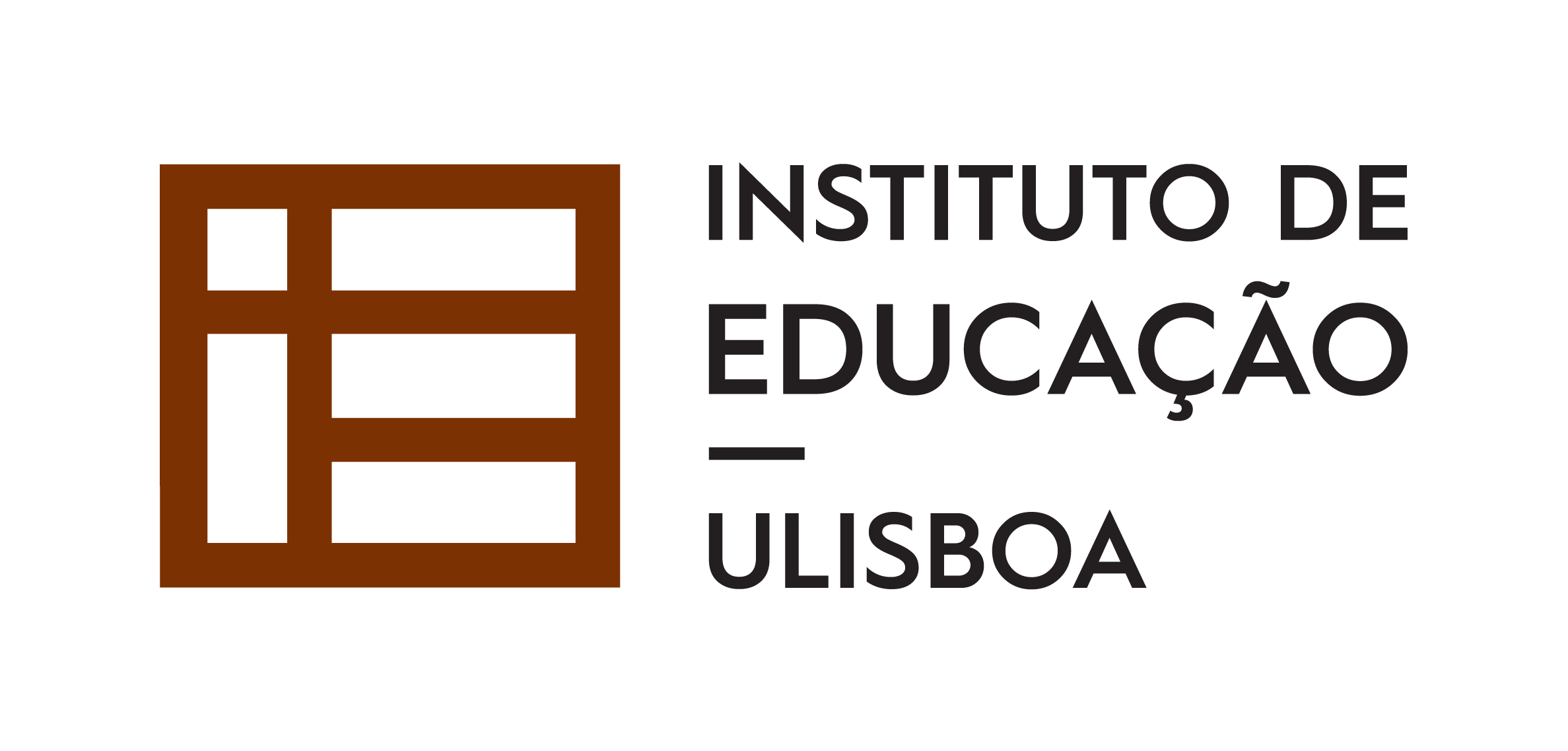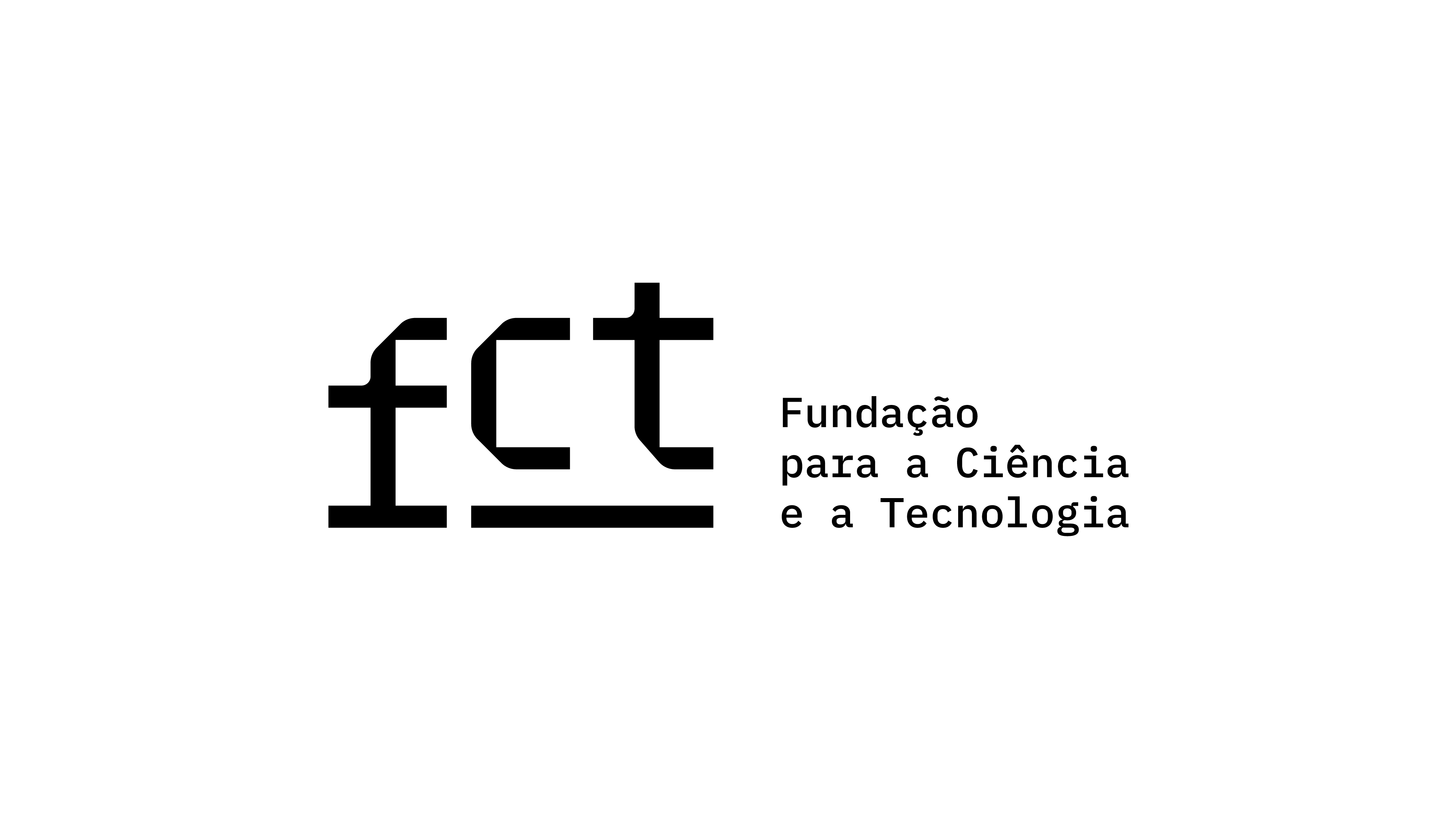Development of an Instrument to Assess the Impact of Drama Practice in Young People
DOI:
https://doi.org/10.25749/sis.19058Keywords:
drama in education, youth, measuring instrument, dramatic arts, applied theatreAbstract
The present work describes the process of design and validation of a Battery (T&Y: "El teatro y yo". Theatre and me), designed to evaluate the perception that young people have about the theatrical experience and its impact on their own personal development. A total of 305 young people completed the different versions of the instrument. Their conversations were recorded and later analyzed. The analysis of the items and scales properties (asymmetry, kurtosis, factorial structure, etc.) helped to eliminate those items that did not meet the criteria and to improve the three scales that make up the battery. The results show that the whole battery and its questionnaires have adequate psychometric characteristics that guarantee both its reliability and its validity. The battery can be a useful tool for teachers and trainers to evaluate the effect of drama practice on young people’s development.
Downloads
References
BARQUERO, V. R., & VARGAS, G. A. (2009). Efecto de ocho clases de expresión corporal en el estado de ánimo y autoconcepto general de jóvenes universitarios. Revista Educación, 33(2), 139-152. Retrieved from: https://revistas.ucr.ac.cr/index.php/educacion/article/viewFile/509/523
CATTELL, R. B. (1966). The scree test for the number of factors. Multivariate Behavioral Research, 1(2), 245-276.
CRAIG, D. A. (2011). A theatre-based youth development program: Impact on belonging, developmental assets, and risky behaviors. Public Access Theses and Dissertations from the College of Education and Human Sciences. 127. Lincoln: University of Nebraska.
DUTTON, S. E. (2001). Urban youth development–Broadway style: Using theatre and group work as vehicles for positive youth development. Social Work with Groups, 23(4), 39-58. DOI: http://dx.doi.org/10.1300/J009v23n04_04
FREDRICKS, J. A., ALFELD-LIRO, C. J., HRUDA, L. Z., ECCLES, J. S., PATRICK, H., & RYAN, A. M. (2002). A qualitative exploration of adolescents’ commitment to athletics and the arts. Journal of Adolescent Research, 17(1), 68-97.
HANRAHAN, F., & BANERJEE, R. (2017). ‘It makes me feel alive’: the socio-motivational impact of drama and theatre on marginalised young people. Emotional and Behaviour Difficulties, 22(1), 35-49. DOI: http://dx.doi.org/10.1080/13632752.2017.128733
HOUGH, B., & HOUGH, S. (2012). The Play Was Always the Thing: Drama’s Effect on Brain Function. Psychology, 3(6), 454-456. DOI: http://dx.doi.org/10.4236/psych.2012.36064 454
HUGHES, J., & WILSON, K. (2004). Playing a part: the impact of youth theatre on young people's personal and social development. Research in Drama Education, 9(1), 57-72. DOI: http://dx.doi.org/10.1080/1356978042000185911
JOHNSON, L., & O’NEILL, C. (1991). Collected Writing in Drama Education. Dorothy Heathcote. Evanston, IL: North western University Press.
KOSNIK, C. (2014). How Theatre Participation Impacts High Schoolers and College Students. (Unpublished doctoral dissertation). Arizona State University.
LARSON, R. W., & BROWN, J. R. (2007). Emotional Development in Adolescence: ¿What can be Learned from a High School Theater Program? Child Development 78(4), 1083-1099. DOI: 10.1111/j.1467-8624.2007. 01054.x
MANSOUR, M., MARTIN, A., ANDERSON, M., & SUDMALIS, A. (2016). Young People's Creative and Performing Arts Participation and Arts Self-concept: A Longitudinal Study of Reciprocal Effects. The Journal of Creative Behavior, 52(3). DOI: 10.1002/jocb.146
MCCAMMON, L. A., SALDAÑA, J., HINES, A., & OMASTA, M. (2012). Lifelong Impact: Adult Perceptions of Their High School Speech and/or Theatre Participation. Youth Theatre Journal, 26(1), 2-25. DOI: 10.1080/08929092.2012.678223
MCLAUCHLAN, D. (2010). Keeping the Kids in School: What the Drama Class Tells Us. Encounters on Education 11, 135-154.
MOTOS, T., & ALFONSO-BENLLIURE, V. (2018). El teatro como recurso para afrontar los retos de la adolescencia. Didacticae. Revista de Investigación en Educación, 16(1), 34-50.
MURRAY, B., & GARCIA, L. (2016). Three-decade drama/theatre and (for/ with/by/about) youth crowed-source timeline. Youth Theatre Journal, 30(2), 136-148. DOI: http://dx.doi.org/10.1080/08929092.2016.1234273.
NEELANDS, J. (2009a). Acting together: ensemble as a democratic process in art and life. RIDE: The Journal of Applied Theatre and Performance, 14(2), 173-189. DOI: http://dx.doi.org/10.1080/13569780902868713
NEELANDS, J. (2009b). The art of togetherness: Reflections on some essential artistic and pedagogic qualities of drama curricula. NJ Drama Australia Journal, 33(1), 9-18. Retrieved from: http://www.dramaaustralia.org.au/publications.html
OMASTA, M. (2011). Adolescents’ affective engagement with theatre: Surveying middle school students’ attitudes, values, and beliefs. International Journal of Education & the Arts, 12 (Suplement 1-6). Retrived from: http://www.ijea.org/v12si1/
OMASTA, M., & BRANDLEY, A. T. (2016) Student perceptions of high school theatre programs: An investigation of social issues and call for replication. Youth Theatre Journal, 30(1), 50-67. DOI: 10.1080/08929092.2016.1160015
PIAZZOLI, E. (2018). Embodying language in action. Cham: Palgrave Macmillan.
ROWE, N., REASON, M., & PRESTON, S. (2017). Applied Practice: Evidence and Impact in Theatre, Music and Arts. London: Bloomsbury Publishing.
SELMAN, J., & HEATER, J. (2015). Theatre, Teens, Sex Ed: Are we there yet? Edmonton: University Alberta.
VETTRAINO, E., WARREN, L., & JINDAL-SNAPE, D. (2017). Embodied voices: using applied theatre for co-creation with marginalised youth. Emotional and Behavioural Difficulties, 22(1), 79-25. DOI: http://dx.doi.org/10.1080/13632752.2017.1287348
Downloads
Published
Issue
Section
License
Copyright (c) belongs to Sisyphus - Journal of Education. However, we encourage issued articles to be published elsewhere, provided that Sisyphus authorization is asked for and that authors integrate our original source citation and a link to our website.
Author Self-Archiving Policy
Author(s) are permitted to self-archive the final published version in institutional or thematic repositories, and in their personal or institutional websites.
DORA Signer
The Instituto de Educação da Universidade de Lisboa, Sisyphus' Publisher, is a San Francisco Declaration on Research Assessment signer.






